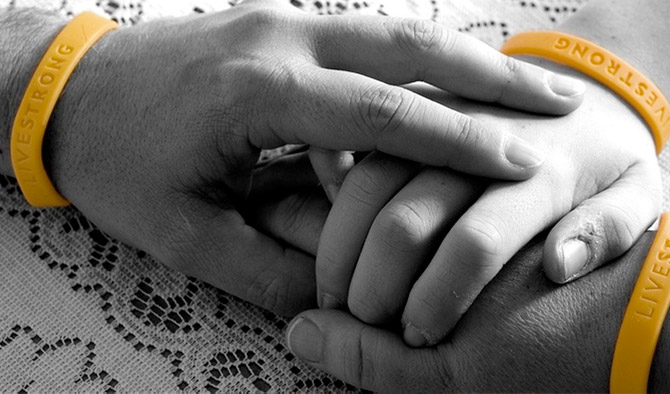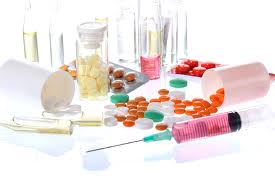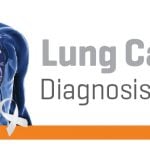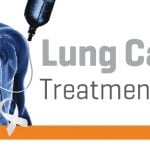…Continued What is Cancer Pain? Why suffer from it? – Part 5 What is Cancer Pain? Why suffer from it? – Part 4 What is Cancer Pain? Why suffer from it? – Part 3 What is Cancer Pain? Why suffer from it? – Part 2 What is Cancer Pain? Why suffer from it? – Part 1
One of the ways of treating cancer pain is by using opioid medication. What are Opioid Medication?
Opioid medication should be taken on a scheduled basis because it prevents pain from recurring rather than treating pain that has recurred. It has a higher efficacy when taken by mouth rather than by an injection into the muscle as it is broken and absorbed better in you digestive system. The dosage of medication can be titrated to suit your needs with close monitoring of side-effects. Side-effects of opioids vary with each person but it’s important to remember that most can be managed with further treatment regimes. Listed below are the common side effects:
- Breathing difficulties (reduced breathing)
- Nausea & vomiting
- Sedation
- Constipation
- Seizures
- Tolerance
 Constipation occurs because stool takes longer to move through your bowel. More water is absorbed, making your stool dry and hard. It can be controlled by: – Asking your doctor for stool softeners or laxatives – Drinking plenty of fluids to keep your stools soft – Maintain a diet which is high in fiber (vegetables, fruits, whole grain breads and cereals) to help move stool faster – Exercise, such as a light walk, can help your stool move quicker in your intestines Drowsiness can be caused by some opioids and last for a variable period. How do you manage this?
Constipation occurs because stool takes longer to move through your bowel. More water is absorbed, making your stool dry and hard. It can be controlled by: – Asking your doctor for stool softeners or laxatives – Drinking plenty of fluids to keep your stools soft – Maintain a diet which is high in fiber (vegetables, fruits, whole grain breads and cereals) to help move stool faster – Exercise, such as a light walk, can help your stool move quicker in your intestines Drowsiness can be caused by some opioids and last for a variable period. How do you manage this?
- Avoid participating in activities that require you to be alert such as driving, using machines and equipment.
- Do not use staircases alone
- Have a lie down when you feel drowsy
If your drowsiness appears to be worsening or not going away, call your doctor to discuss whether you need to change your medication regime. 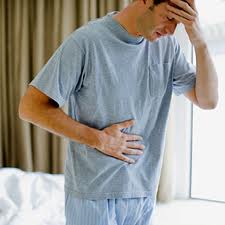 Nausea and vomiting can be distressing but the following tips may be of some help:
Nausea and vomiting can be distressing but the following tips may be of some help:
- If you feel sick when walking around, stay in bed for an hour or so after taking medication
- Your doctor may prescribe you medications to control the feeling of nausea
Alternative ways of treating cancer pain Cancer treatments 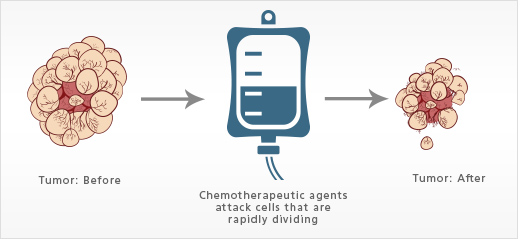
Chemotherapy
- Treatment with medications that kills the cancer cells which divides rapidly.
- Unfortunately it also kills the normal cells that divide rapidly which results in the side effects.
- Most of the time it works along with radiotherapy.
- Hormones are chemicals produced in our body (e.g. ovaries).
- There are two types of hormone; hormones that can promote cancer cells to grow and hormones that can kill cancer cells.
- Hormone therapy as a treatment might involve taking medications that interfere with their activities or stop production of the hormone altogether either by medications or by removing the glands that produces the hormone, surgically.
Radiotherapy
- Uses high-energy radiation to kill cancer cells by damaging their DNA.
- It can damage both normal and abnormal cells- treatment must be planned carefully to minimize the side effects.
- It kills the cancer cells- the tumour shrinks.
- Often used to treat bones that fractured due to weakening by cancer.
Nerve blocks
- Blocking the nerve that transmits the pain message to the brain using drugs called local anaesthetics. These provide temporary pain relief.
Strengthening painful bones (most likely to be used in secondary bone cancer)
- If cancer spreads to the bone, it causes bone pain. Cancer in the bone can make it weak and later break which is called pathological fracture.
- Use of special cement to strengthen and support bone. The cement is used to fill up the parts of bone which are destroyed by cancer and causing pain so that it reduces pain and stabilizes the bone.
Electrical nerve stimulation (TENS)
- Temporarily helps pain in one area of the body.
- Small pads are stuck on the skin and small electrical charge released. This is to stimulate the nerves that run from the back bone to brain and block the nerves carrying the pain messages.




